Keep calm
Losing your cool when you discover a brake problem will only waste the golden time to handle the brake failure. Therefore, the driver needs to be calm.
Turn on hazard lights and look at both sides of the vehicle.
The first thing to do is turn on the hazard lights, flash the headlights, and use the horn continuously to let other vehicles know that your vehicle is having problems and to stay away, ensuring safety for yourself and others.
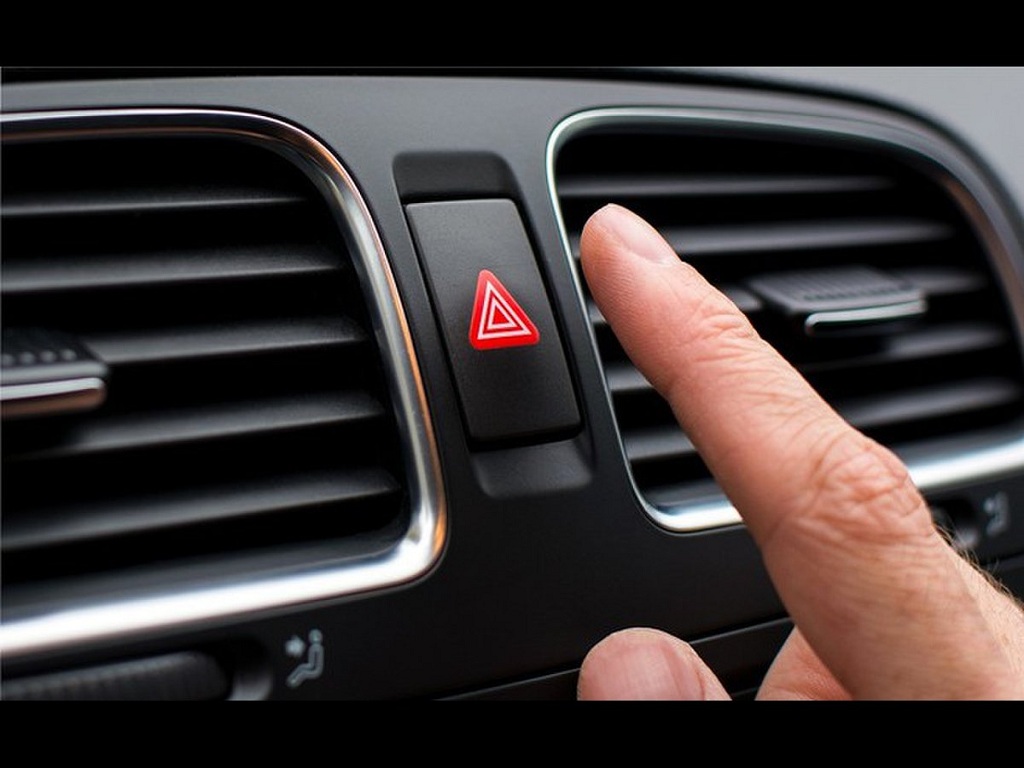
Reduce the accelerator
A vehicle that loses its brakes is a case where the brakes cannot be used to control the speed of the vehicle. The most common way to handle this situation is to reduce the accelerator and release the accelerator. However, if you are going downhill or on a road with complex traffic density, you should not release the accelerator but only reduce the accelerator to make it easier to control the vehicle. Because if you release the accelerator to let the vehicle run freely, it is easier for the vehicle to collide with other vehicles, causing more complicated consequences. If the vehicle loses its brakes while the Cruise Control automatic mode is on, the driver should turn it off immediately and reduce the accelerator.
Do not turn off the car engine
When the car loses its brakes, absolutely do not turn off the engine. Because turning off the engine will cause the car to lose power steering, making it very difficult for the driver to control the car to avoid obstacles on the road. Moreover, turning off the engine means the car is no longer braked by the engine and gearbox. The car will fall into a state of free-running due to inertia, which is even more dangerous.
Shift the car into low gear.
The driver can take advantage of engine braking by shifting the car into a lower gear. The driver only needs to switch to semi-automatic mode, low mode or shift gears via the paddle shifters on the steering wheel for automatic transmission vehicles. As for manual transmission vehicles, the driver only needs to shift the lever to 1st or 2nd gear. However, a problem arises that if the car is running at high speed and is suddenly forced into a lower gear, it can cause the car to break down, destroying the transmission system at this time, which is even more dangerous. Therefore, when dealing with a car that has lost its brakes, the car should not be shifted into a lower gear immediately, but should be shifted in levels or 2 levels.
Brake continuously
Even if your brakes fail, try to keep pressing the brake pedal. It is possible that your brakes failed because your brake pressure was just temporarily lost. Keeping your brakes pressed can help restore brake pressure.
When pressing the brake pedal feels soft and the brake pedal is low, it is very likely that the car lost its brakes due to a problem with the oil pipe. At this time, you should step on the brake several times.
Use the handbrake
The handbrake is designed to be used when the vehicle is completely stopped. However, in an emergency, the handbrake can also be used to create braking force. However, when using the handbrake, it is important to note that the handbrake should only be used to brake when the vehicle is running at a very low speed. Because using the handbrake when the vehicle is running at high speed can cause the vehicle to lock the wheels, lose traction, and slide, leading to dangerous situations such as the vehicle skidding or losing control.
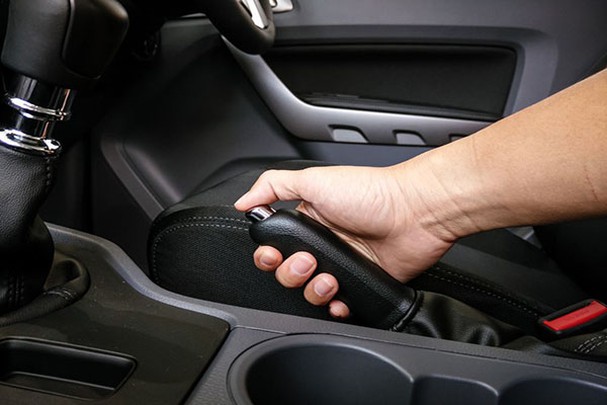
Active collision
When the brakes fail, the driver should try to drive the car onto deserted roads, rough roads, or roads with lots of gravel or rocks... to slow down the car or use a combination of swerving.
In case of force majeure, the driver should choose the last way to handle the brake failure, which is to proactively drive the car into a safe obstacle to stop the car.
Source














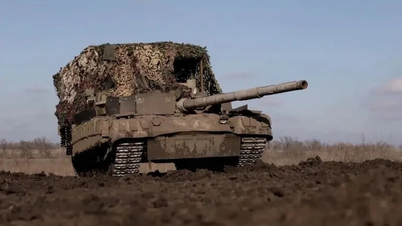


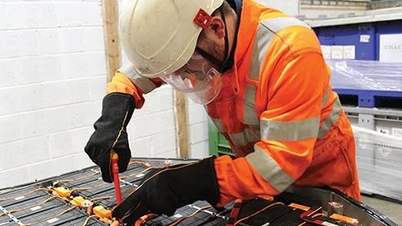





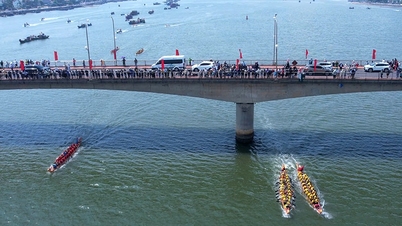

















































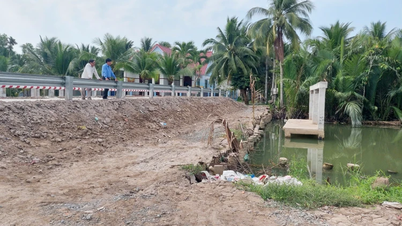

















![[OCOP REVIEW] Tu Duyen Syrup - The essence of herbs from the mountains and forests of Nhu Thanh](https://vphoto.vietnam.vn/thumb/402x226/vietnam/resource/IMAGE/2025/6/5/58ca32fce4ec44039e444fbfae7e75ec)







Comment (0)